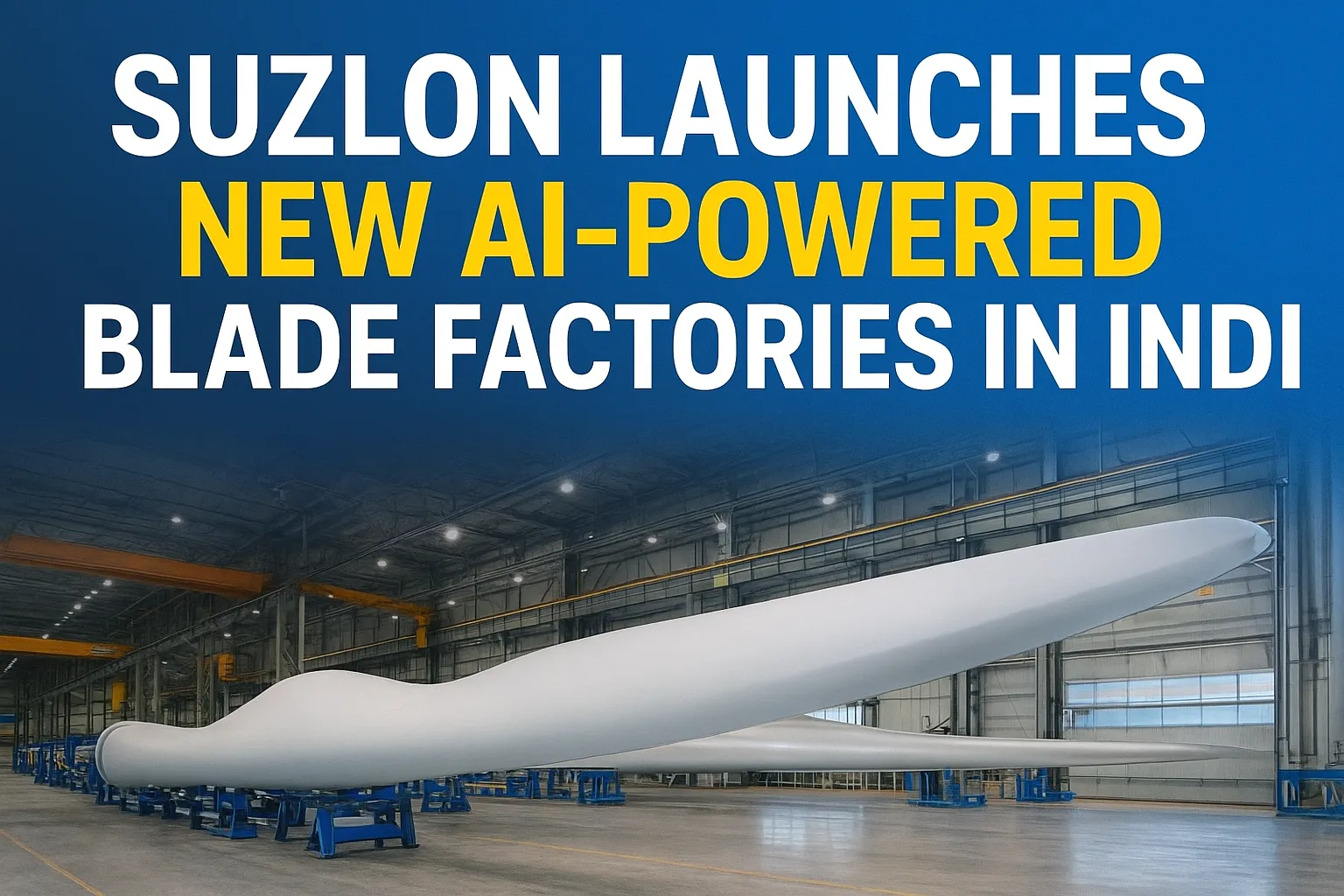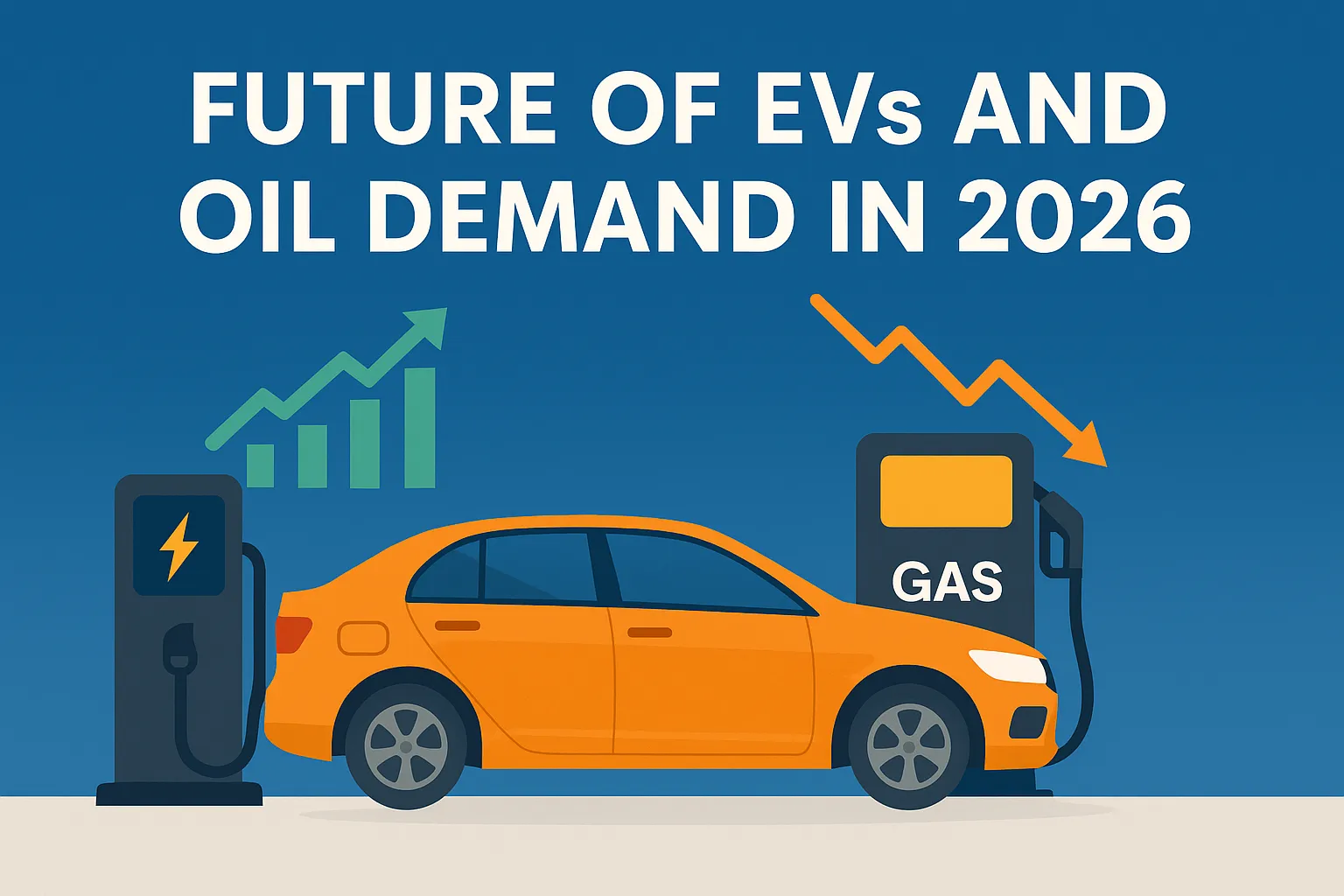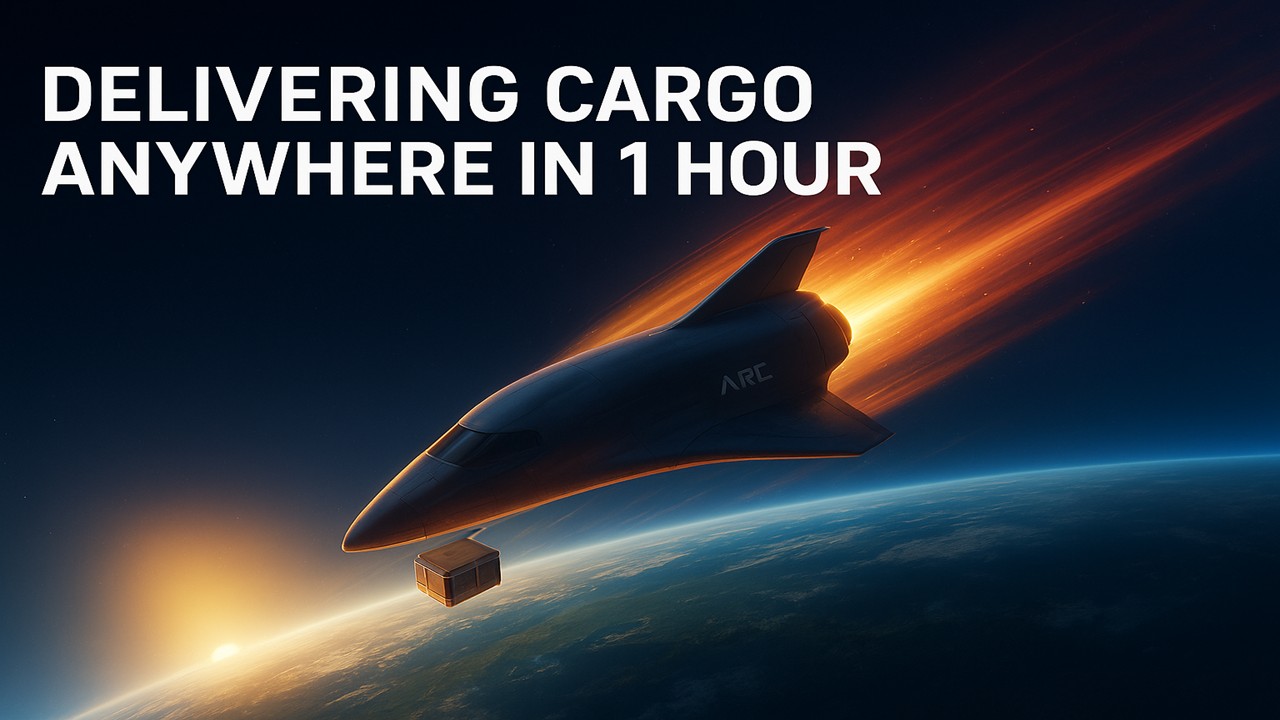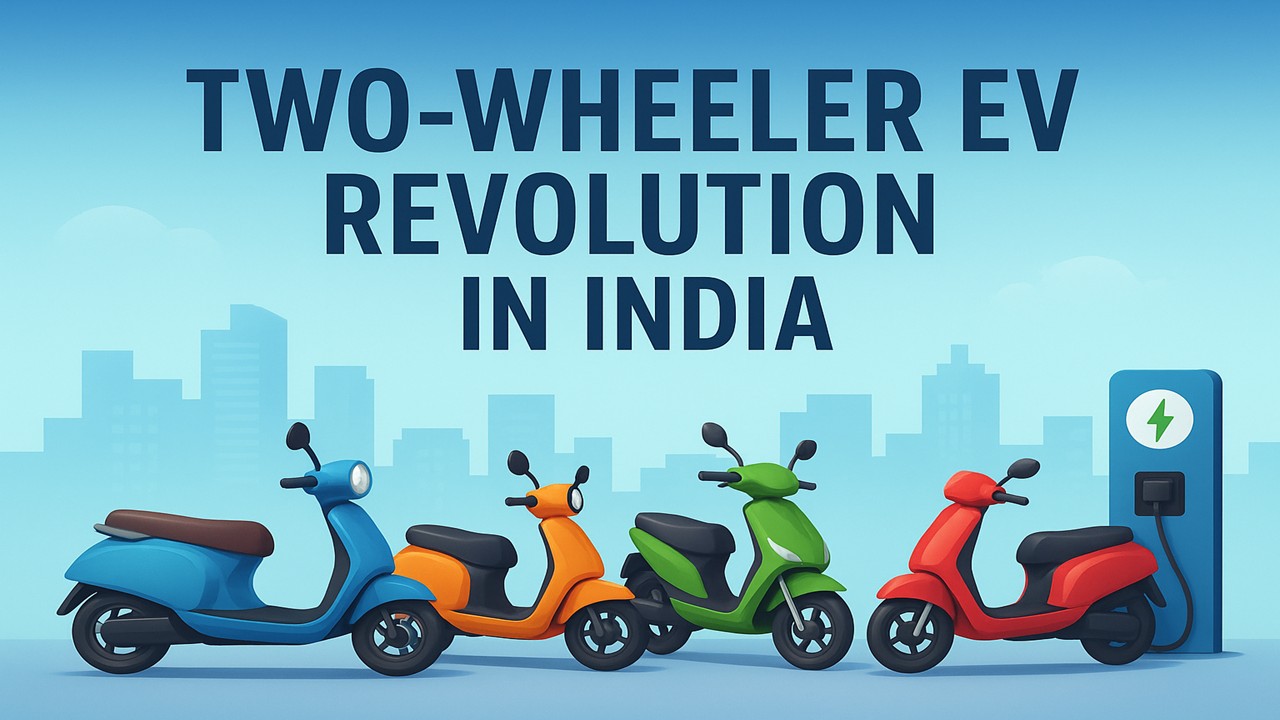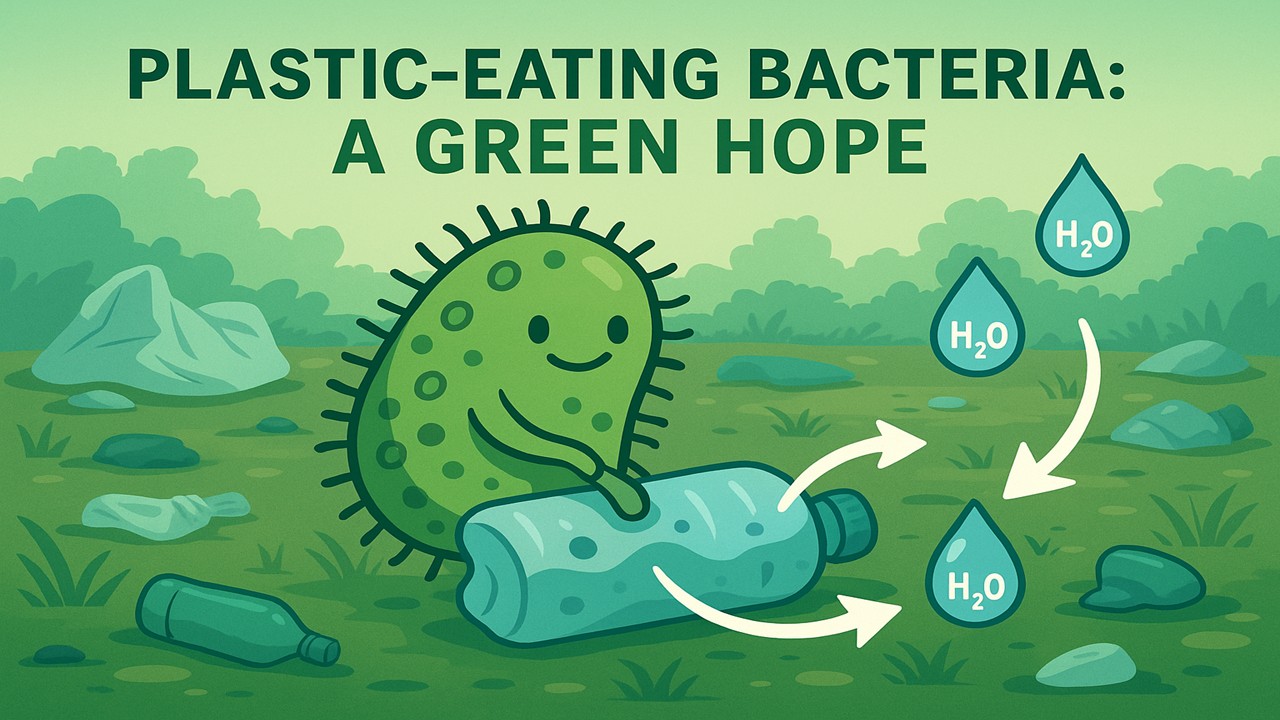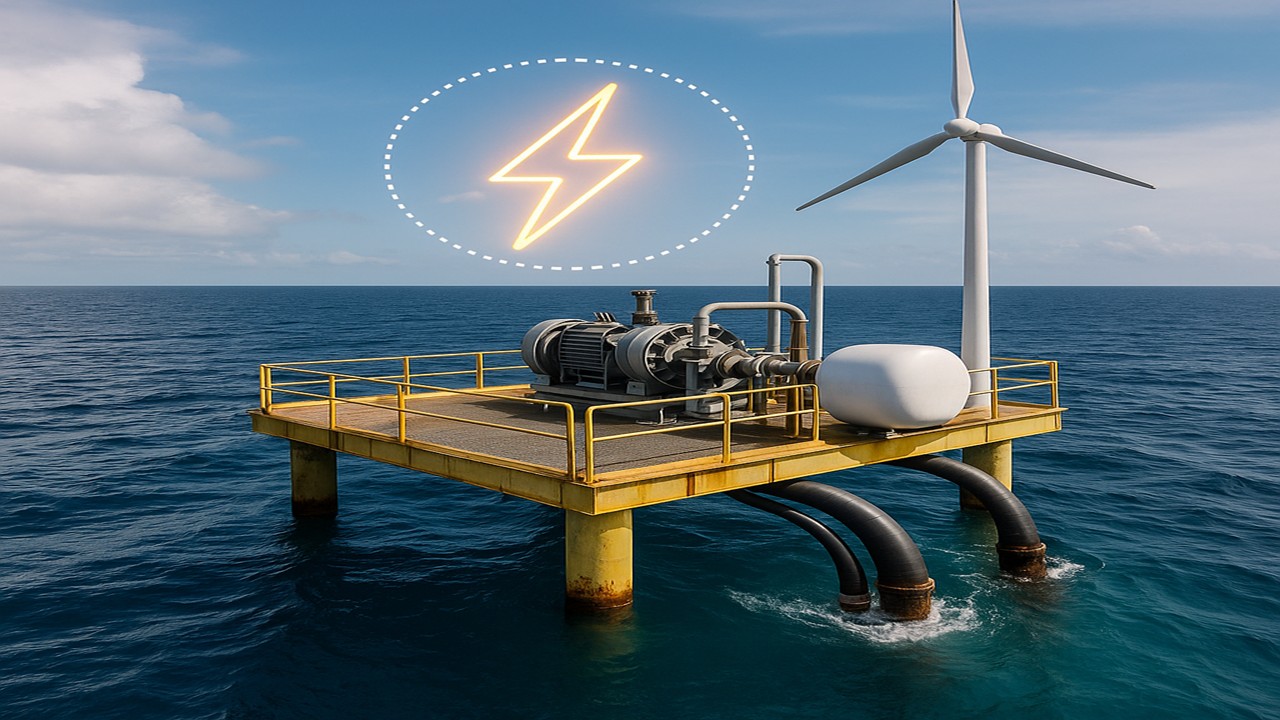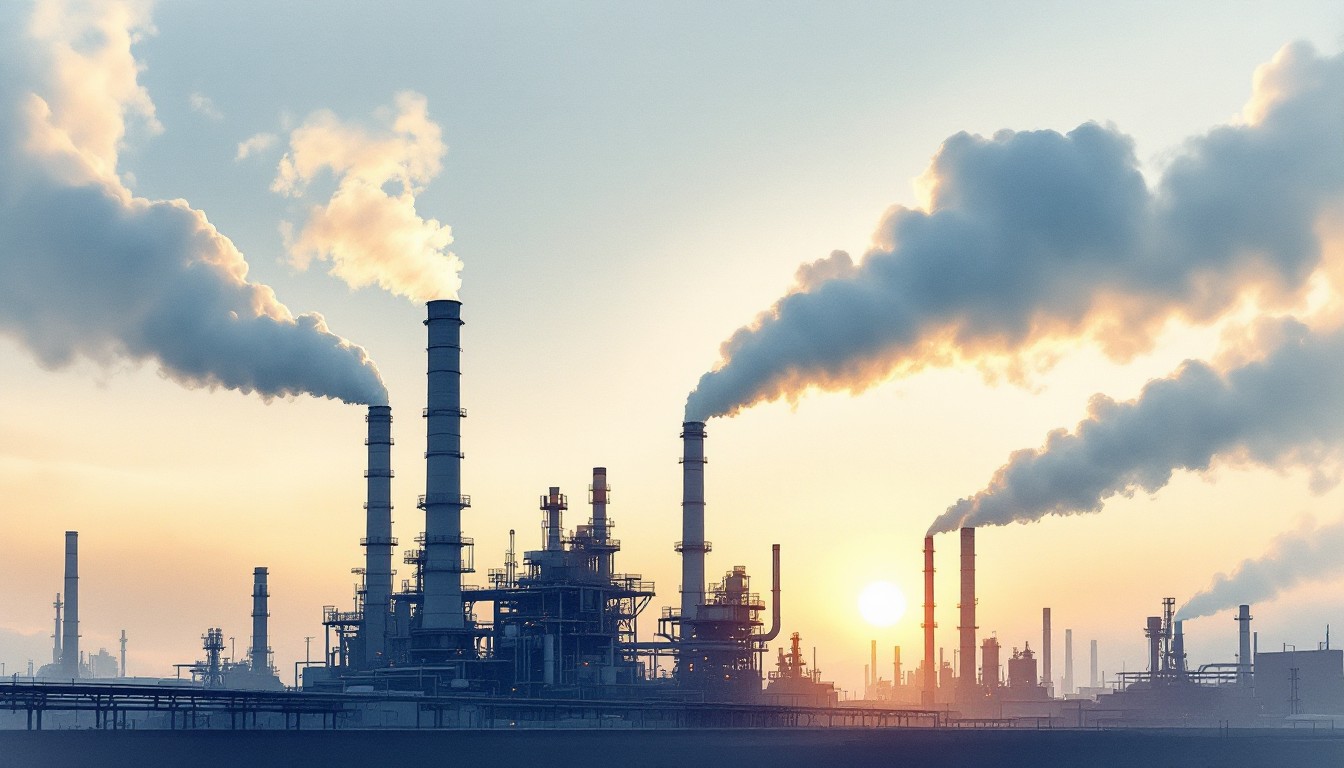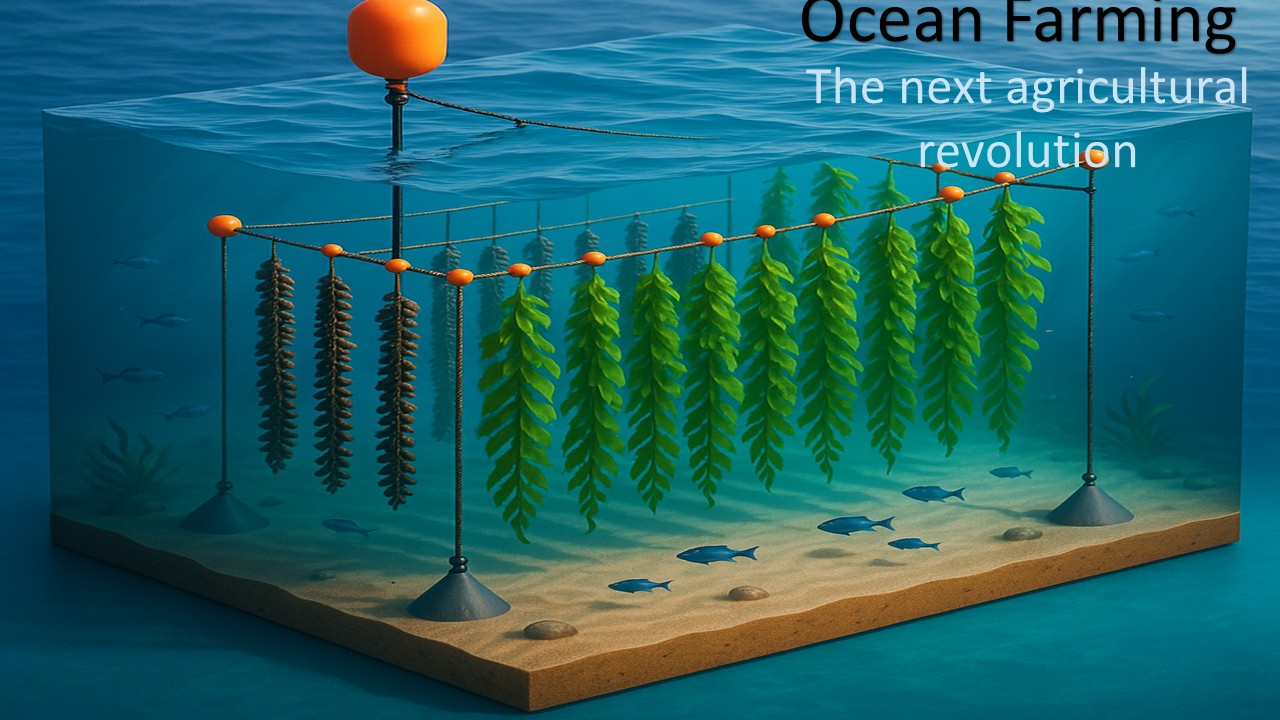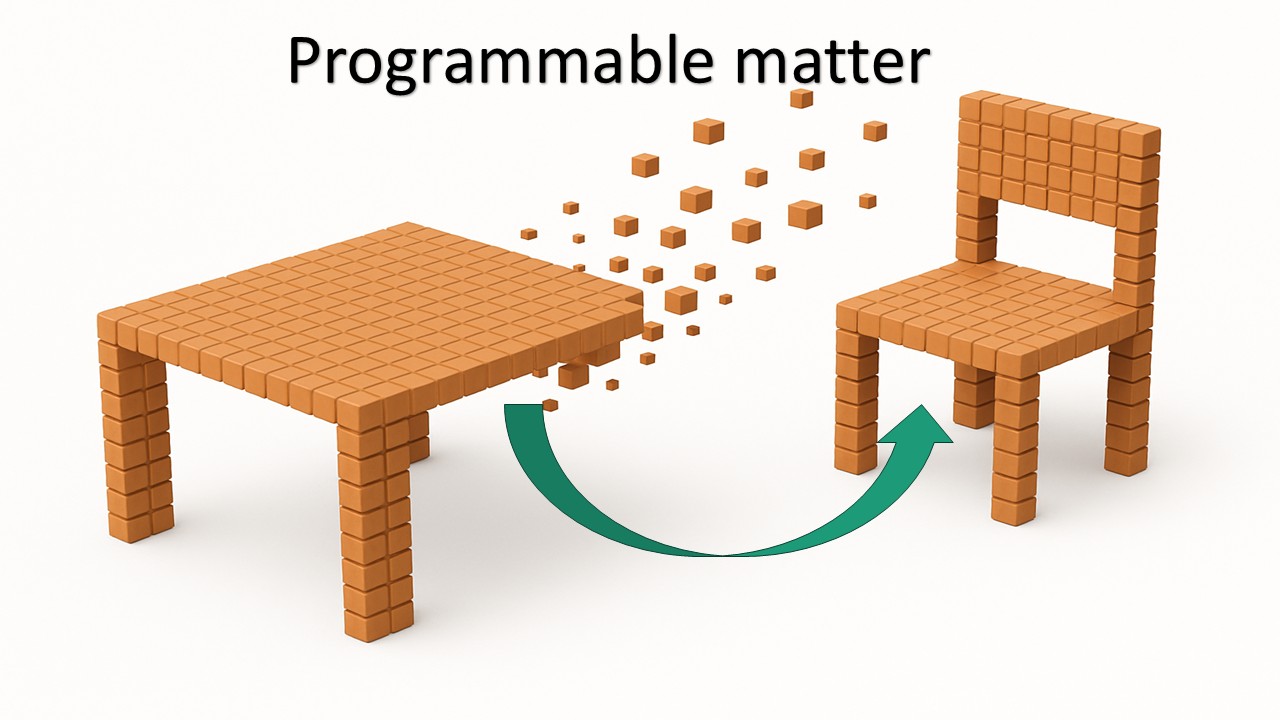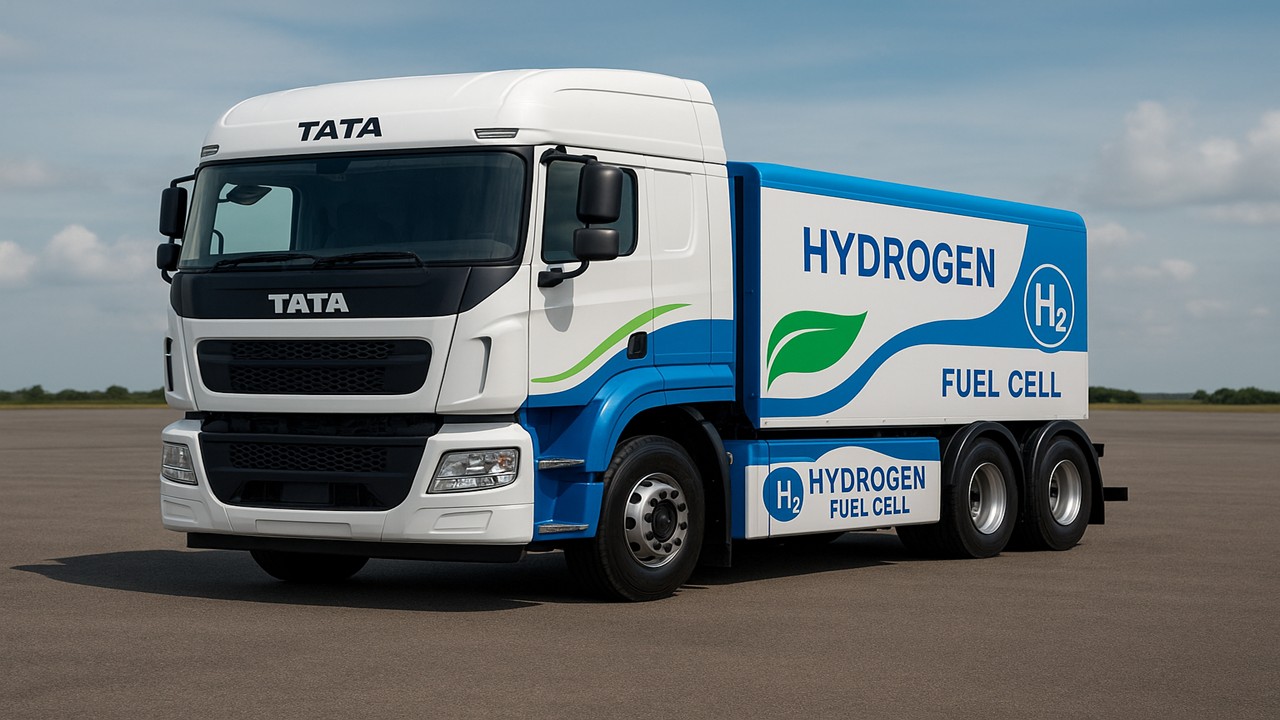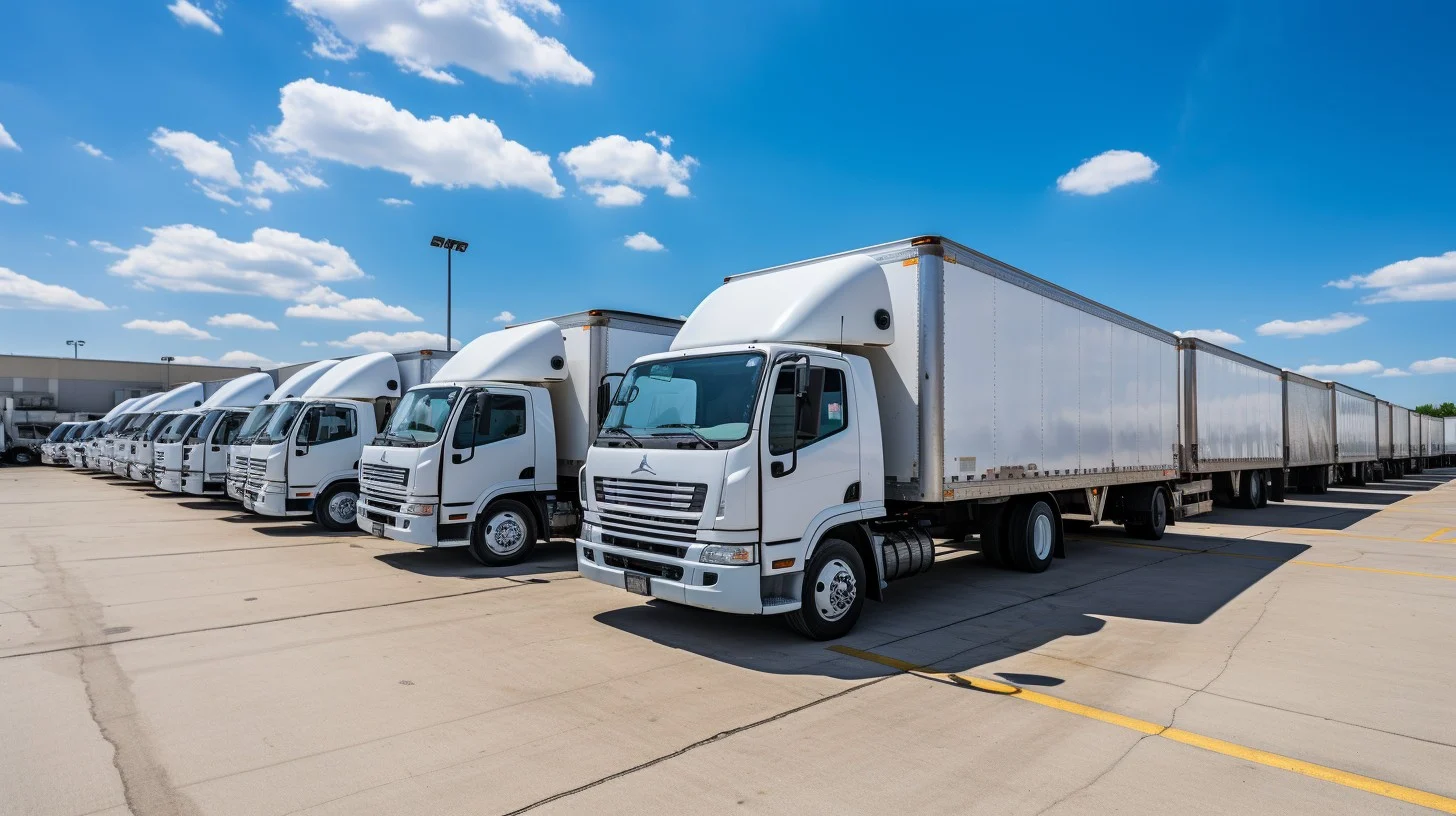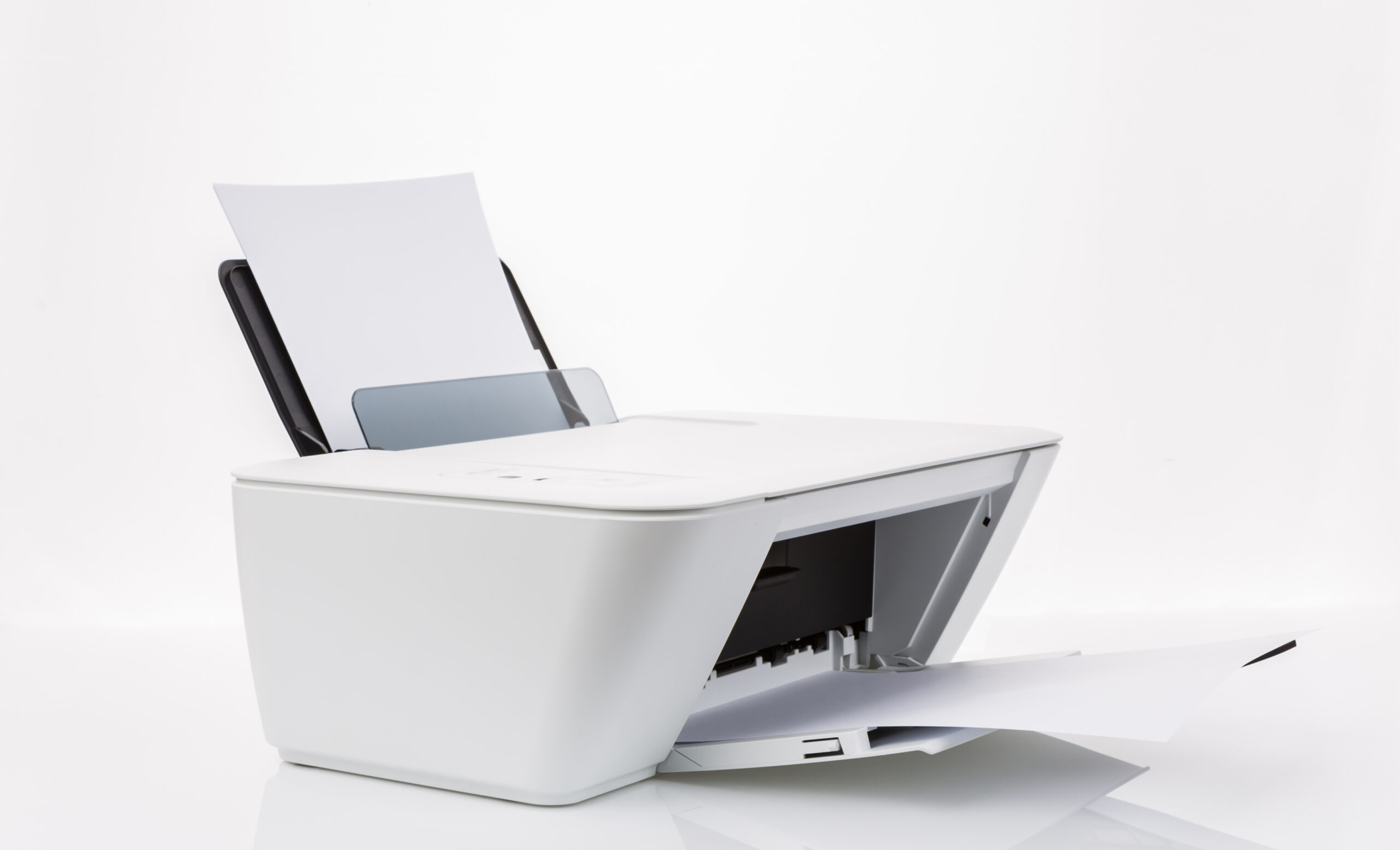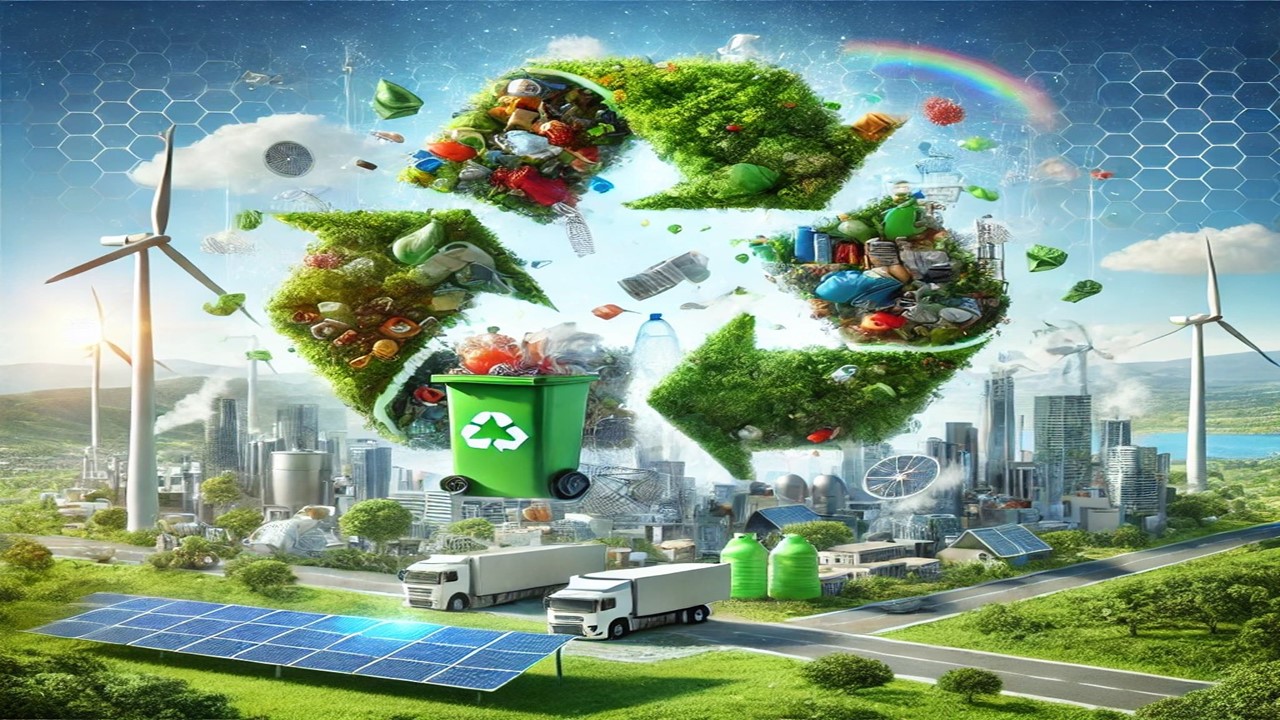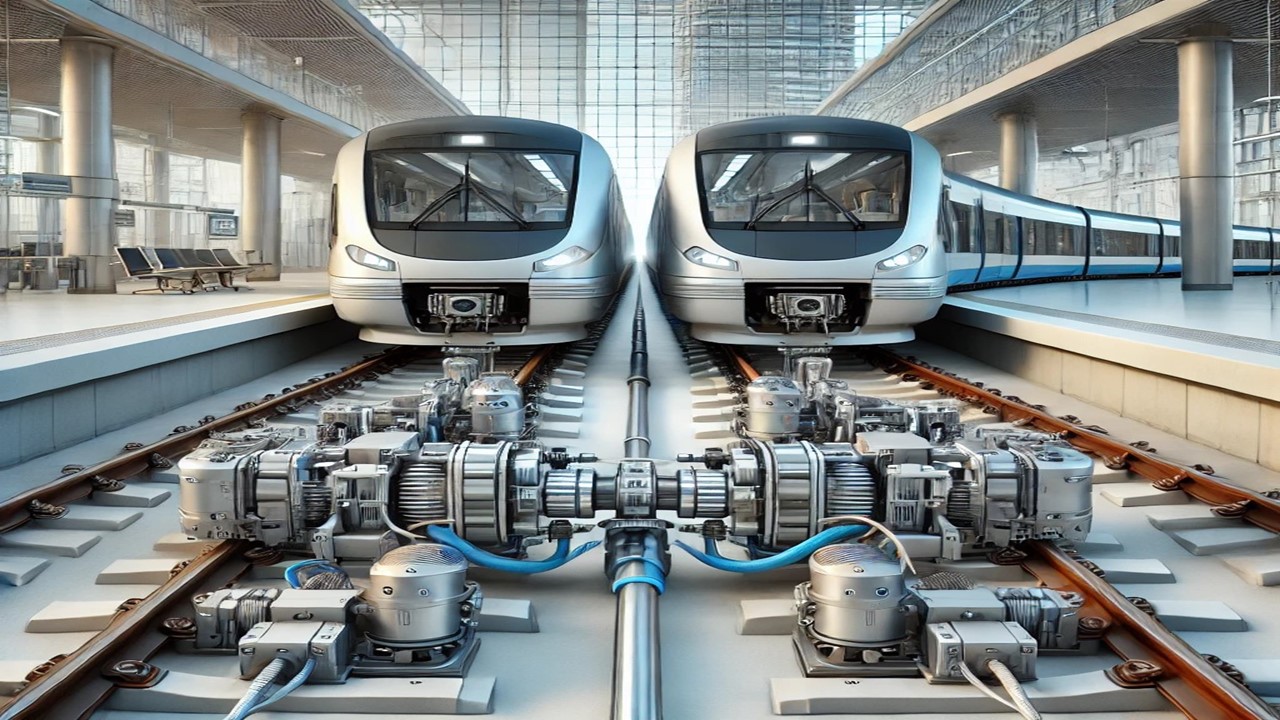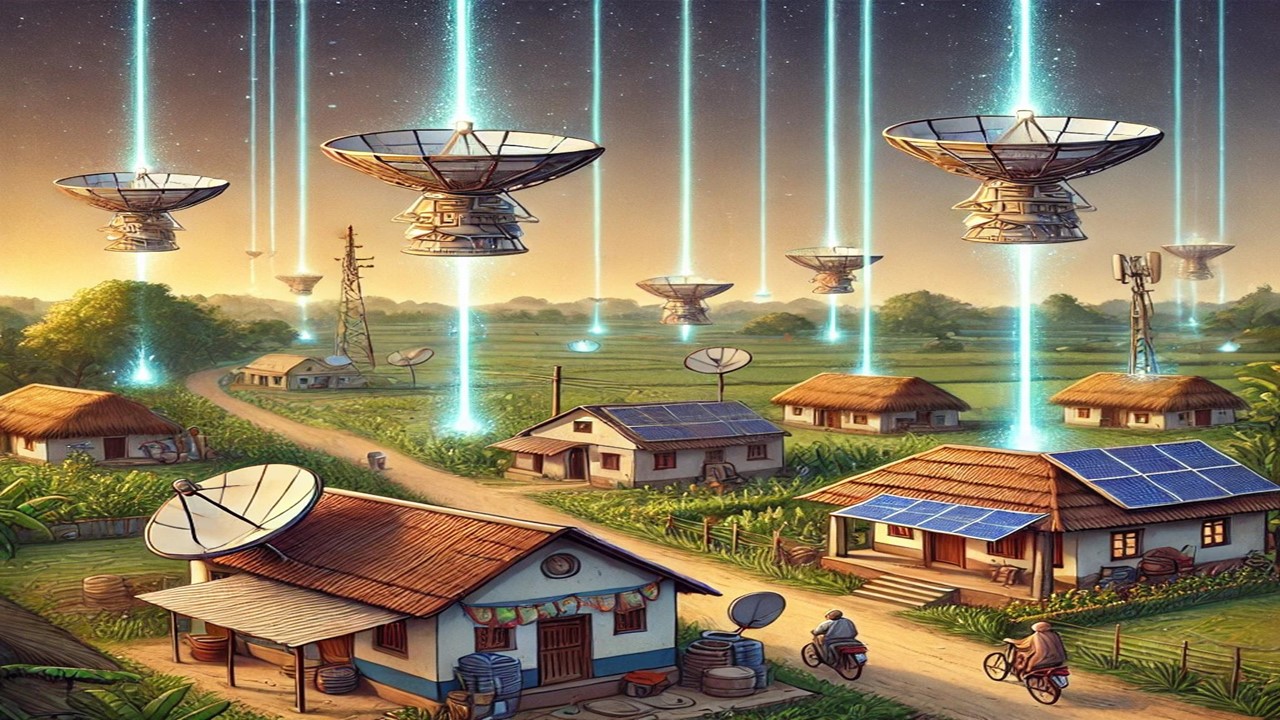
हिंदी में पढ़ने के लिए मेनू बार से हिंदी भाषा चयन करें।
In Summary
- Coffee stockpiles are at historic lows due to poor harvests and climate disruptions.
- Experts say we’ll need two strong harvest years to begin rebuilding global stocks.
- Full recovery of coffee supply may not happen before 2026–2028.
- Farmers are adapting, but progress is slow and expensive.
- Prices are high, and the effects are visible in cafes, supermarkets, and global markets.
- For now, coffee lovers around the world will have to pay more for less—and be patient.
Coffee is one of the most loved beverages in the world. But recently, coffee prices have gone up sharply, and there’s a growing concern in the global market: coffee stockpiles are shrinking fast, and recovery will take time. Let’s understand what’s happening and why the situation isn’t getting better anytime soon.
📉 Why Are Coffee Stocks Running Low?
Over the past few years, major coffee-producing countries like Brazil, Vietnam, and Colombia have faced severe weather problems. These include long periods of drought, unexpected frost, and heavy rains at the wrong time. Coffee is a delicate crop—it needs just the right balance of rain, sun, and temperature. These climate issues have damaged crops and reduced overall production.
As a result, warehouses in Brazil and other regions are running empty. Farmers have already sold most of their crops. According to reports from Reuters, traders and coffee companies are now buying only what they immediately need, rather than stocking up for the future. This “just-in-time” buying is risky—and it’s not sustainable.
🌾 How Long Will It Take to Rebuild Coffee Stocks?
Experts say that rebuilding global coffee stocks is not a one-season fix. According to Luiz Fernando dos Reis from Brazil’s Cooxupe cooperative, we will need at least two good harvests in a row to begin rebuilding. This means that even if next year’s harvest is good, it won’t be enough on its own.
Charles Chiapolino from Louis Dreyfus Company, a global commodity trader, explains that to reach the inventory levels we had 4–5 years ago, we would need two years of strong harvests with perfect climate conditions. If anything goes wrong, the recovery could take even longer.
⏳ When Can We Expect Relief?
The International Coffee Organization (ICO) estimates that the earliest relief could come by the end of 2026—but only if everything goes right. Vanusia Nogueira, Executive Director of the ICO, says that many farmers have planted new coffee trees, but it takes three years for these trees to begin producing full crops. That pushes the real recovery timeline closer to 2028.
In short, even though farmers are working hard to grow more coffee, the supply won’t stabilize overnight. It’s going to be a multi-year recovery.
🌦️ The Climate Factor: A Big Unknown
Coffee plants—especially Arabica, the variety used in most premium coffees—follow a biennial cycle. That means a strong harvest one year is usually followed by a weaker harvest the next year. So, even if we get a good crop this year, the following year might not be as productive.
And then there’s the unpredictable weather. Brazil faces frequent droughts. Vietnam, another top producer, is seeing record heat and erratic rainfall. These factors make it difficult for farmers to plan or recover smoothly. In this situation, climate change is one of the biggest threats to global coffee supply.
🚿 How Are Farmers Coping?
Many farmers are investing in advanced irrigation systems to fight droughts and water stress. But installing these systems is expensive, and not all small farmers can afford them. Still, larger farms in Brazil have started adopting this strategy to ensure more reliable crops, even in bad weather.
Some are also trying regenerative agriculture, which includes planting shade trees, using organic matter to enrich the soil, and growing other crops alongside coffee to protect the plants. These methods help improve soil health and reduce climate damage in the long term.
💹 What’s Happening in the Coffee Market?
Coffee prices are near record highs. Many small coffee shops and roasting companies are struggling to keep up. According to a report by Food & Wine, some companies have already cut back on how much coffee they’re buying.
Supermarkets in Europe, like Picnic and Jumbo, are hesitant to raise retail prices too much, fearing that customers may stop buying. But the cost pressure is building—and eventually, price hikes may become unavoidable.
Investors and traders are also cautious. The coffee futures market is shaky, and many expect only slow, limited improvements in supply and price over the next few months.
🛒 How Does This Affect You (the Consumer)?
If you love coffee, you may already be noticing higher prices at cafes or grocery stores. And unfortunately, those prices are likely to stay high for a while. Coffee companies are facing higher input costs, and they may continue passing those on to customers.
Also, because global demand for coffee is still growing—especially in developing countries like India and China—even a small drop in supply puts extra pressure on prices.
Some industry forecasts suggest that coffee prices might cool down by late 2025, but only if countries like Brazil and Vietnam deliver very strong harvests. Until then, expect your daily brew to cost more.










